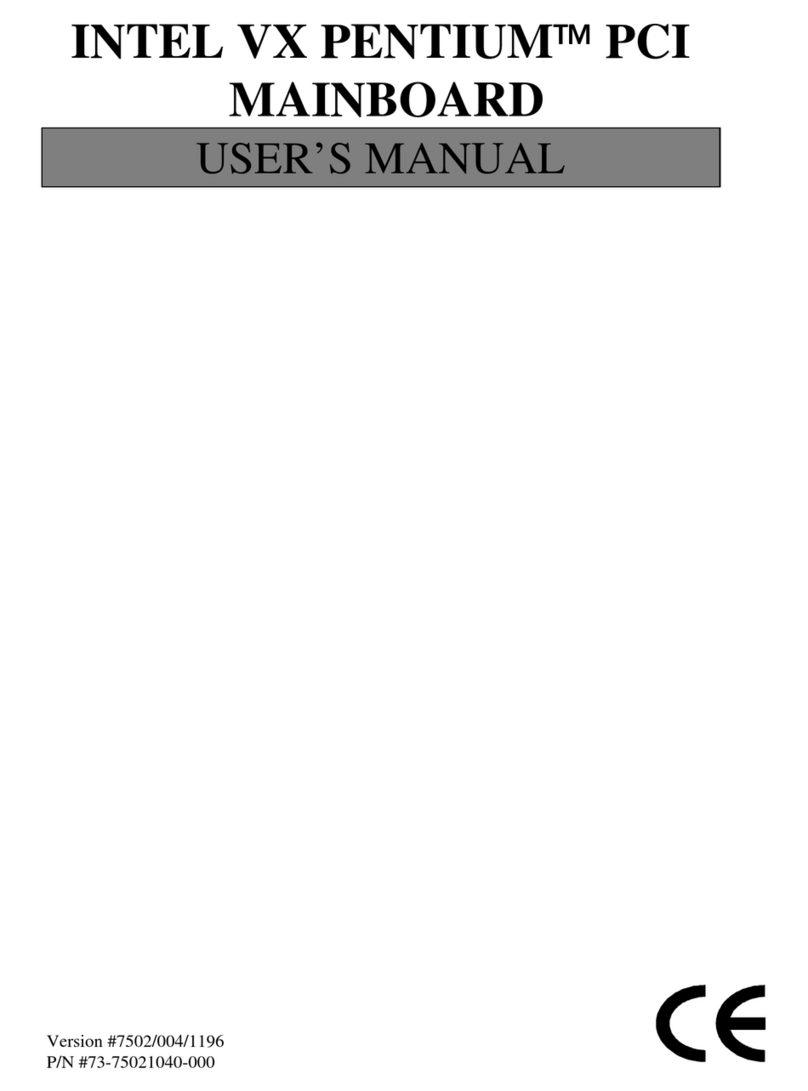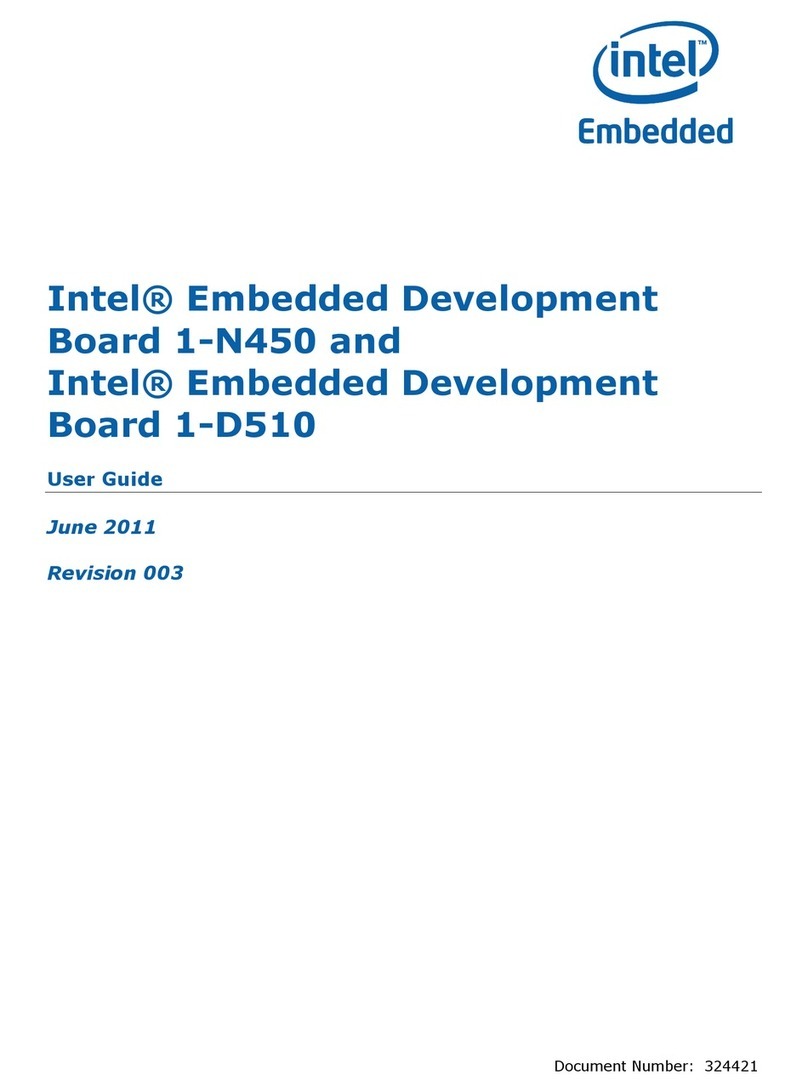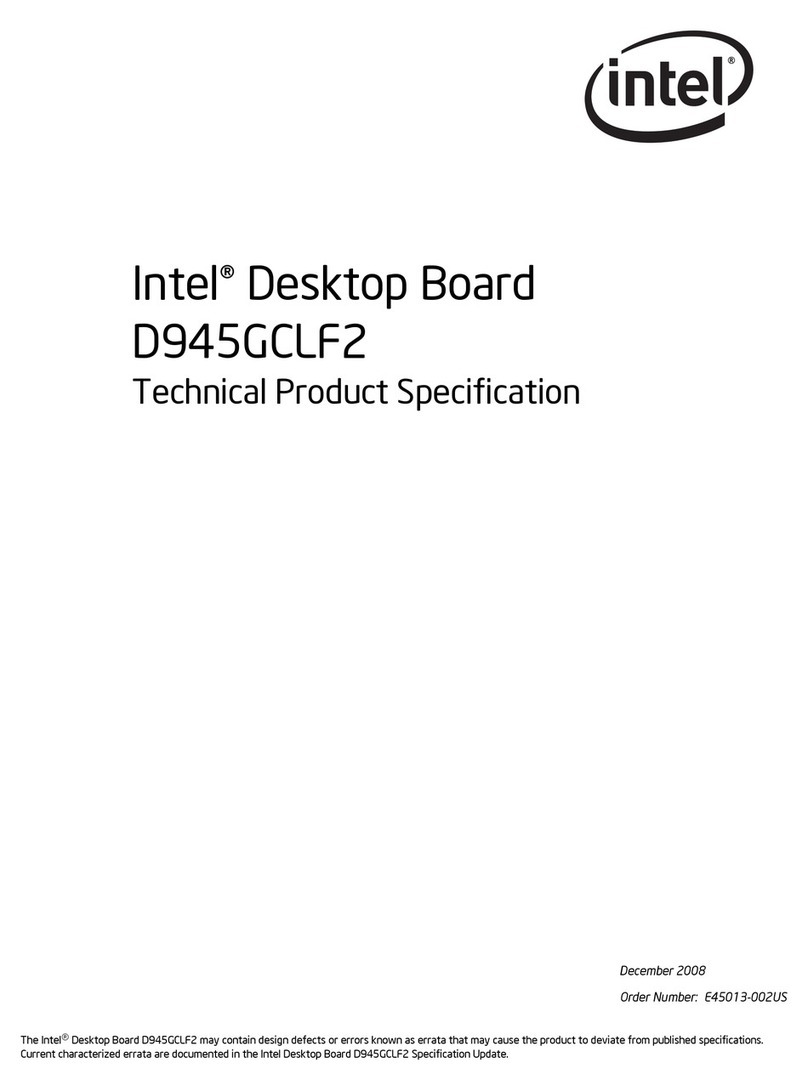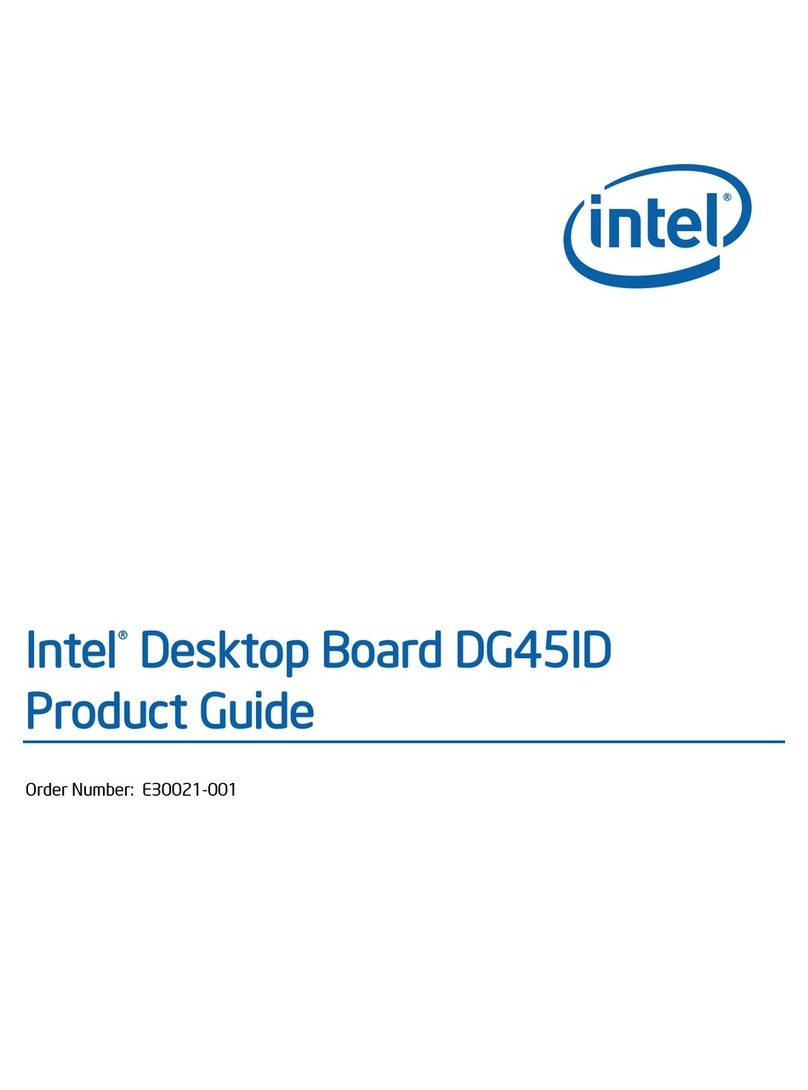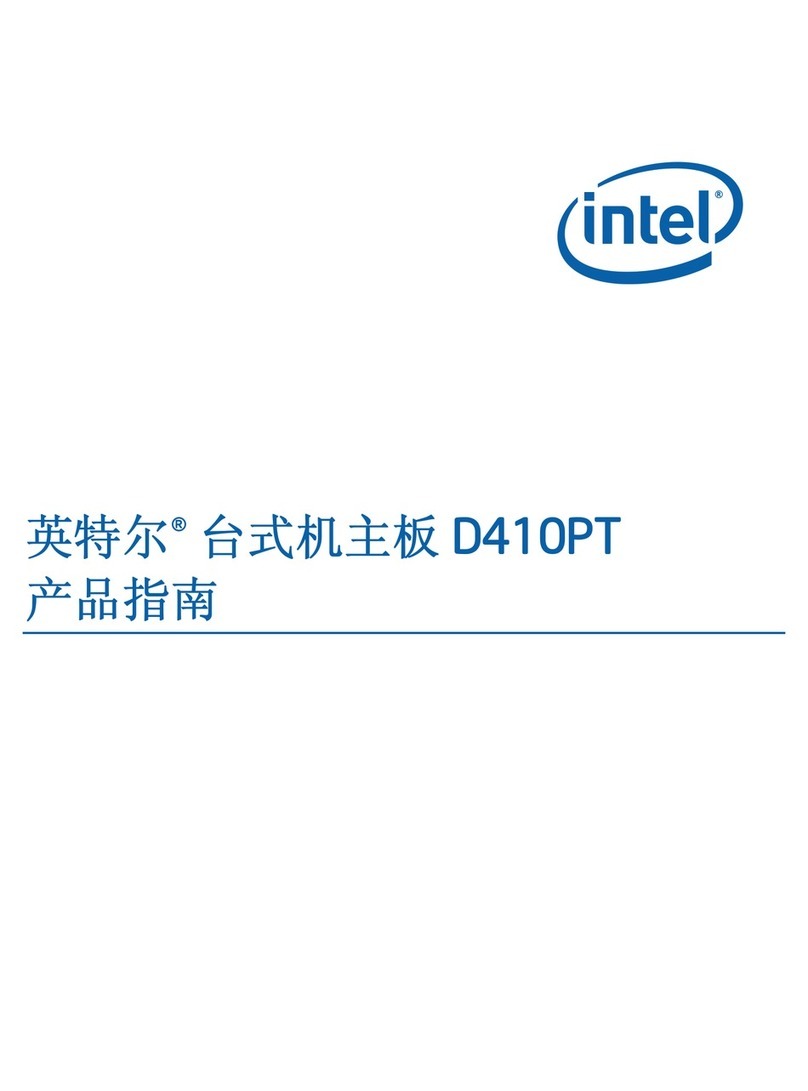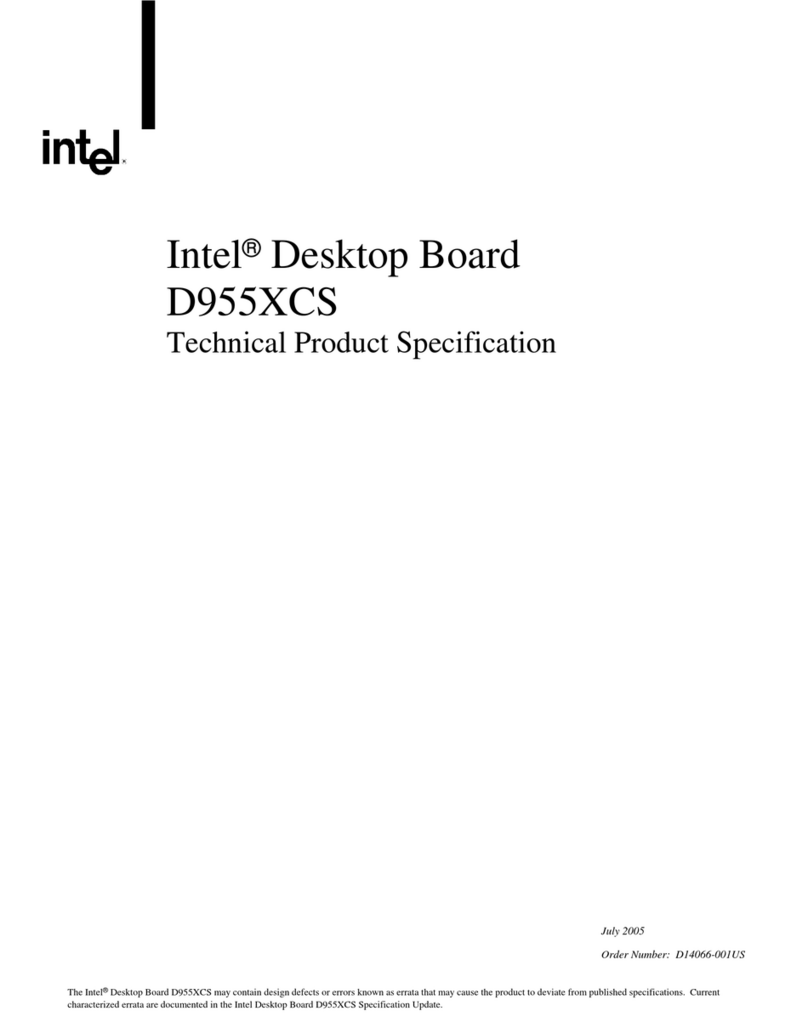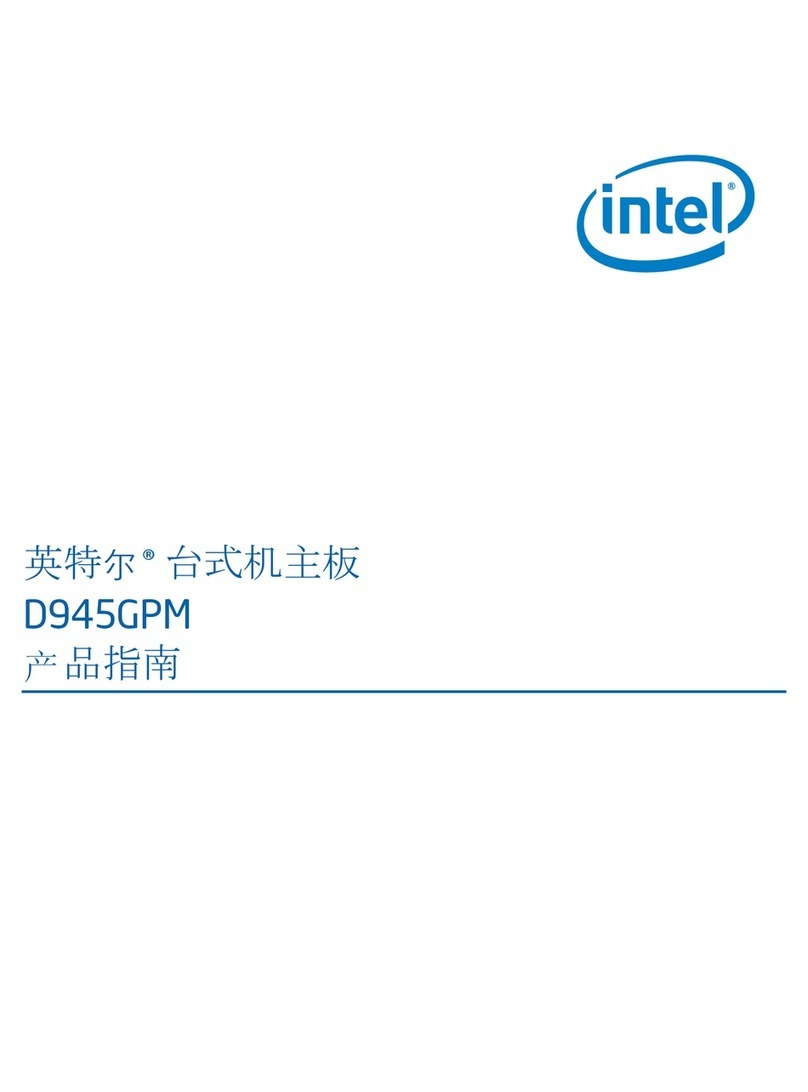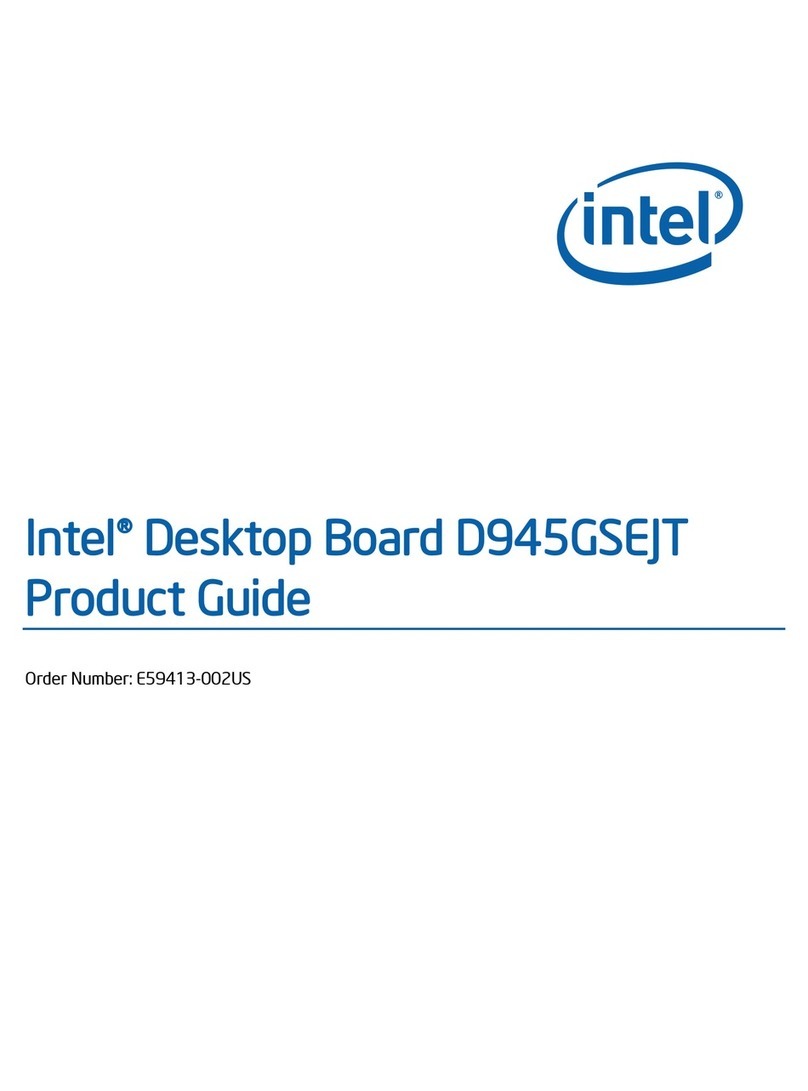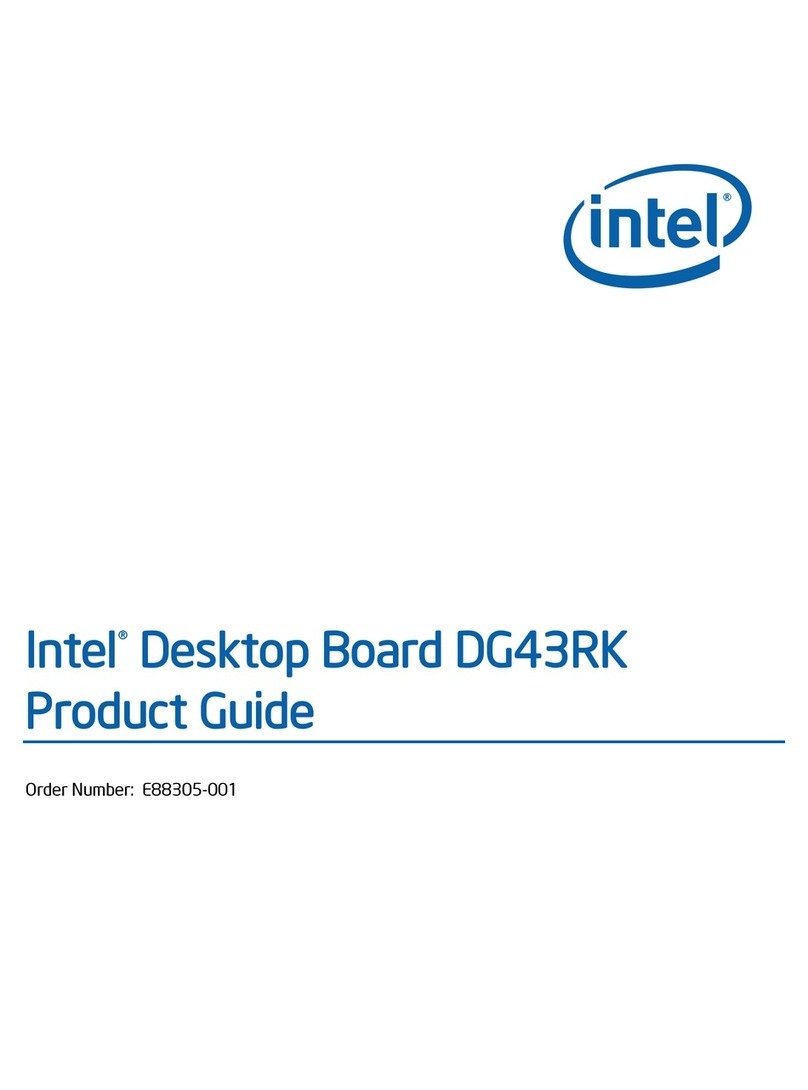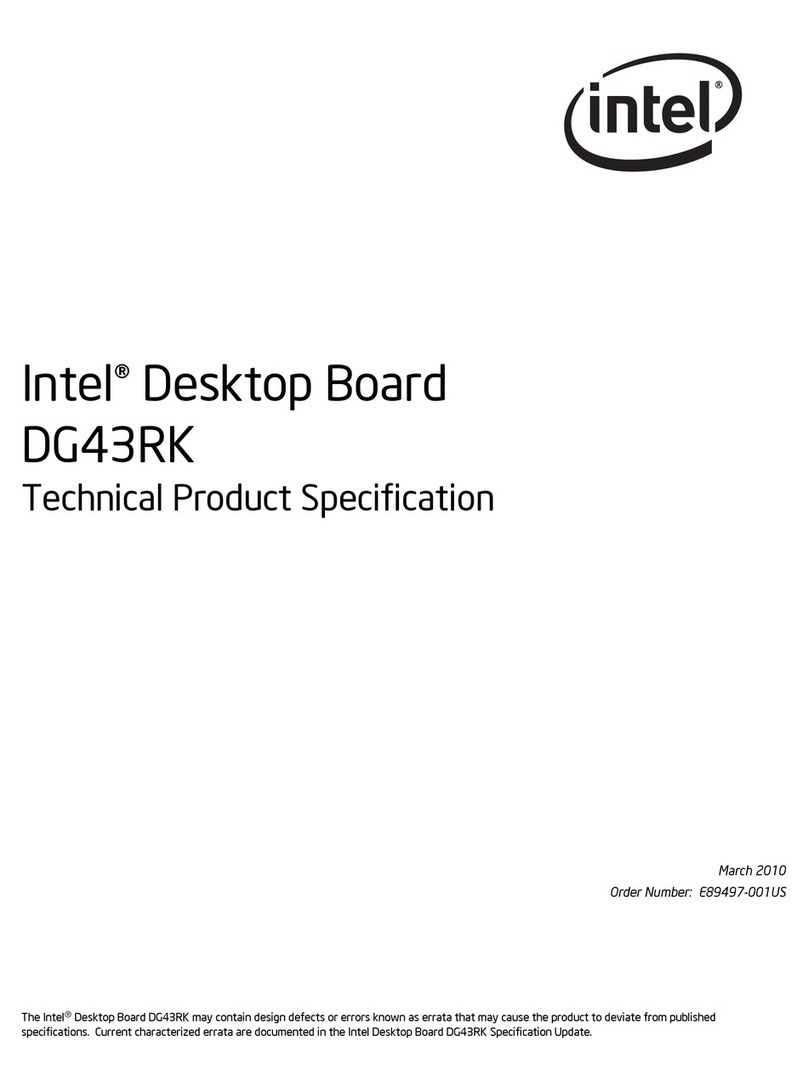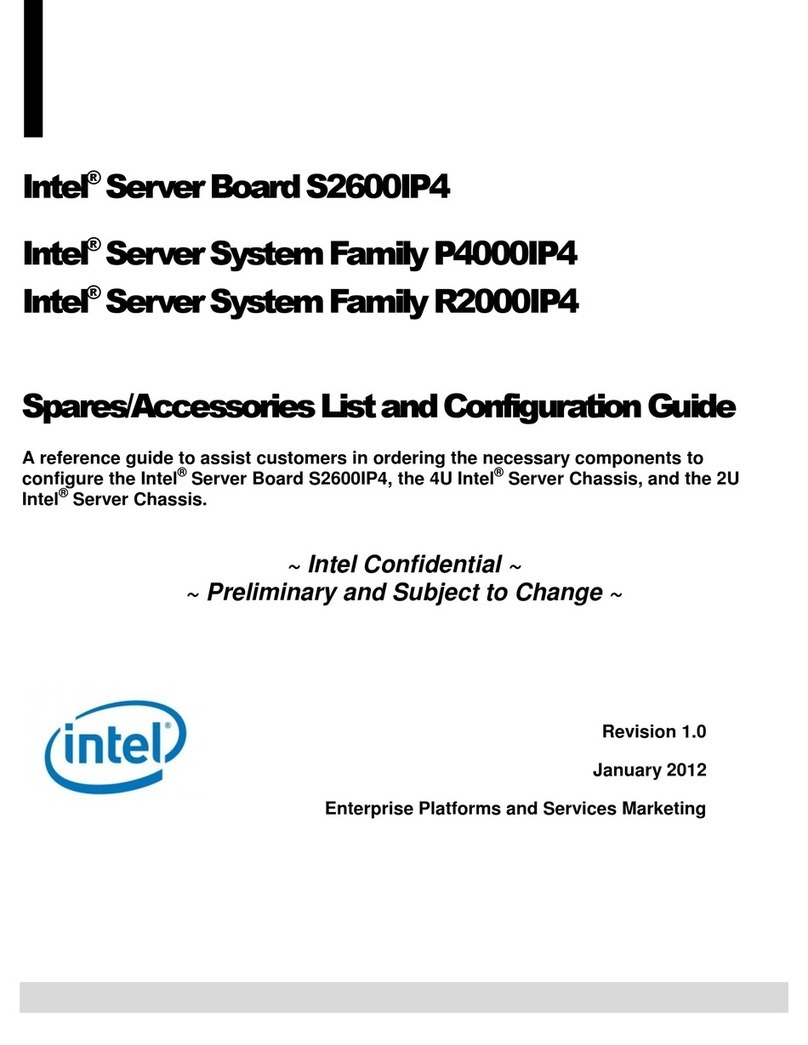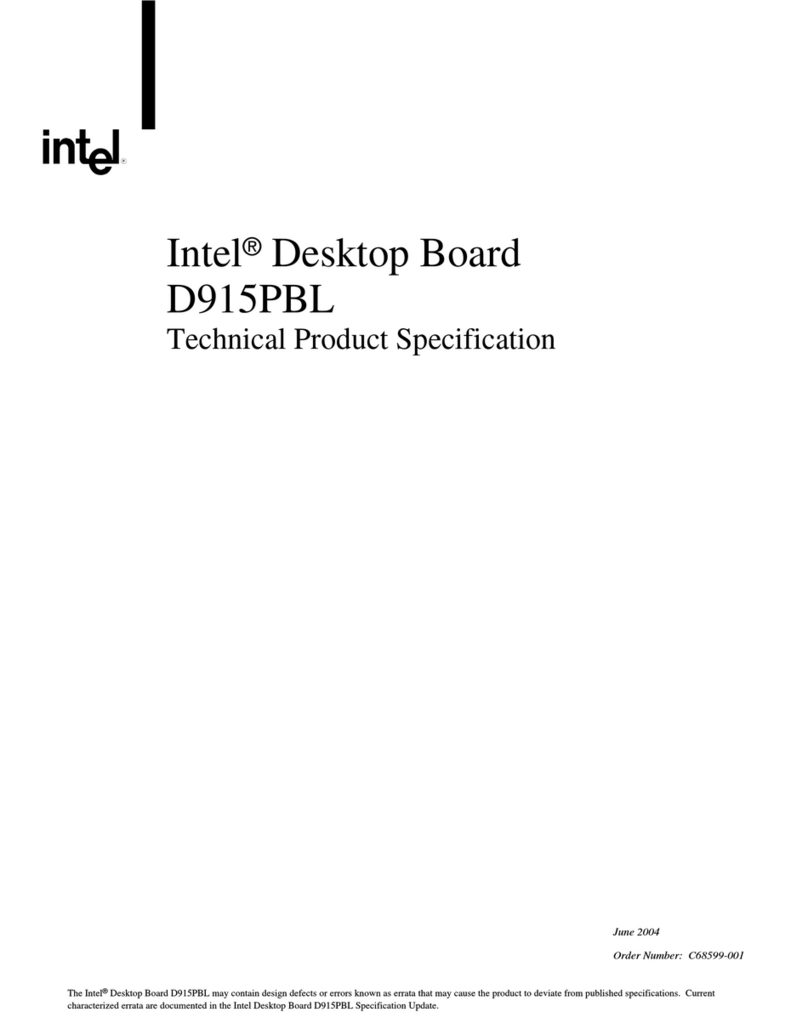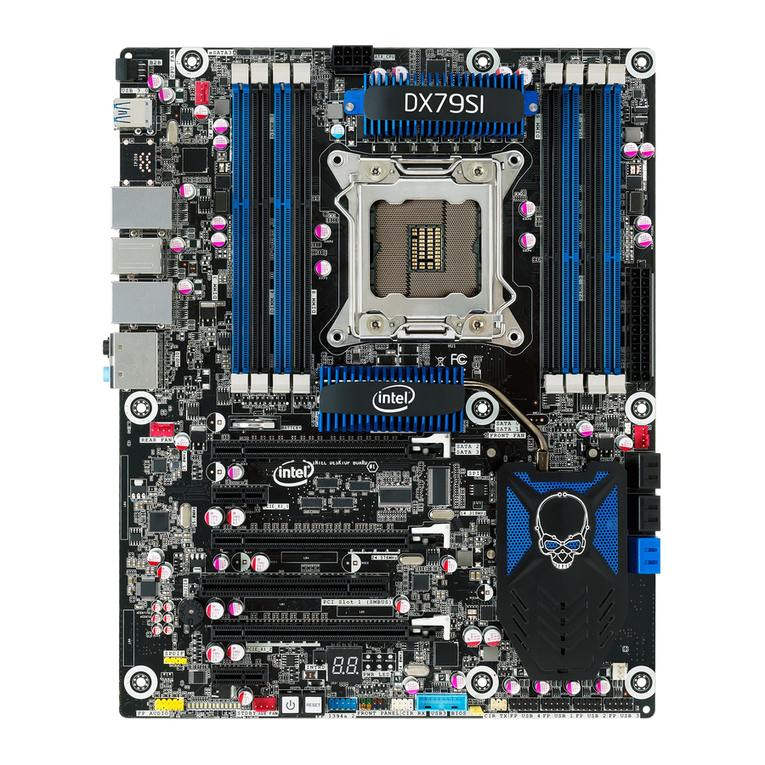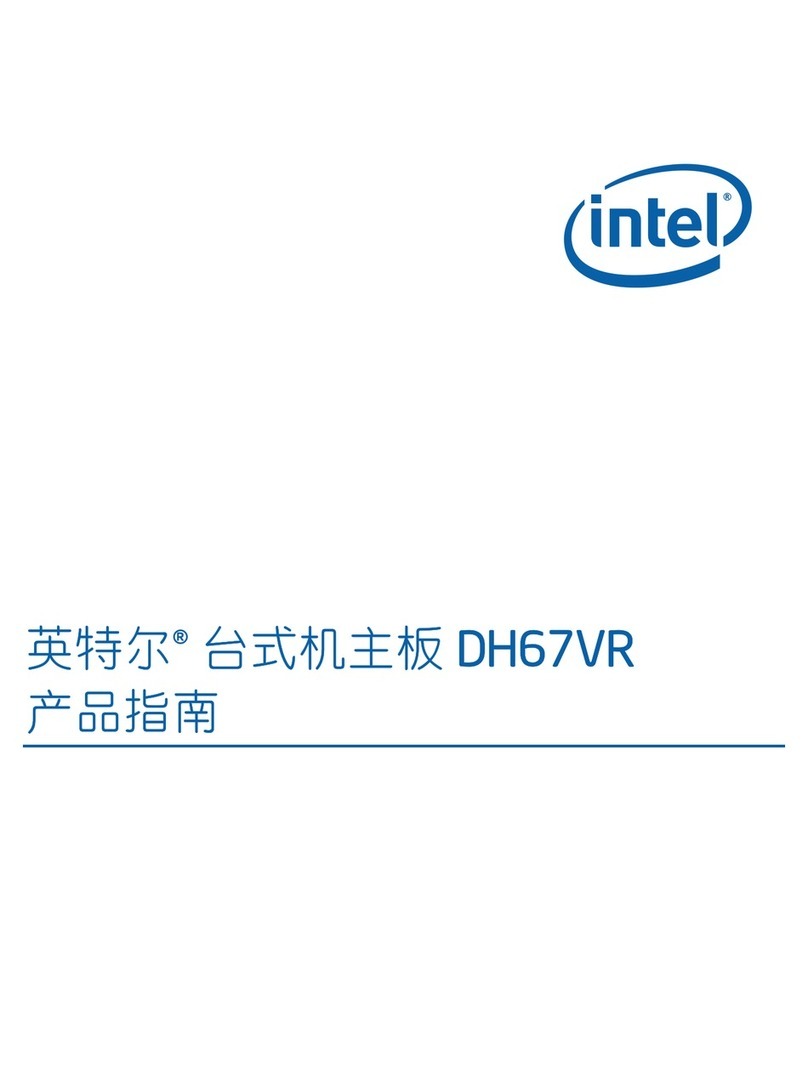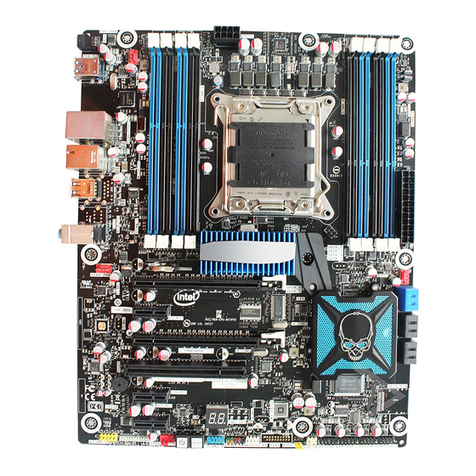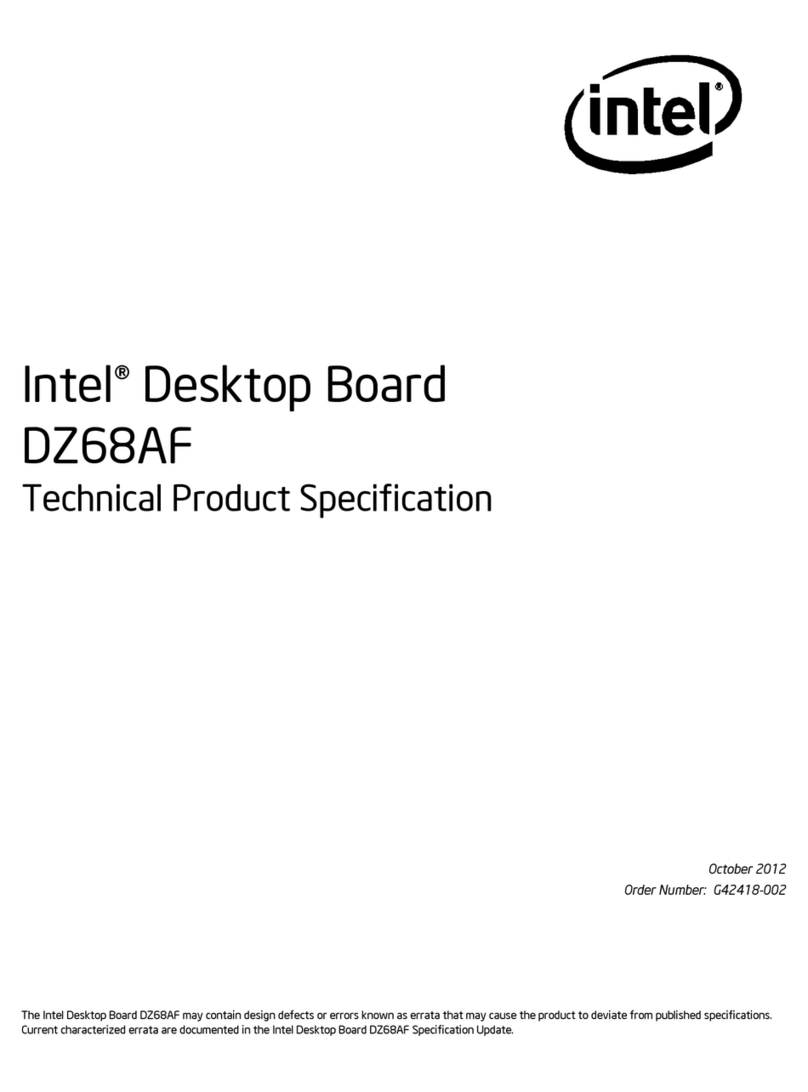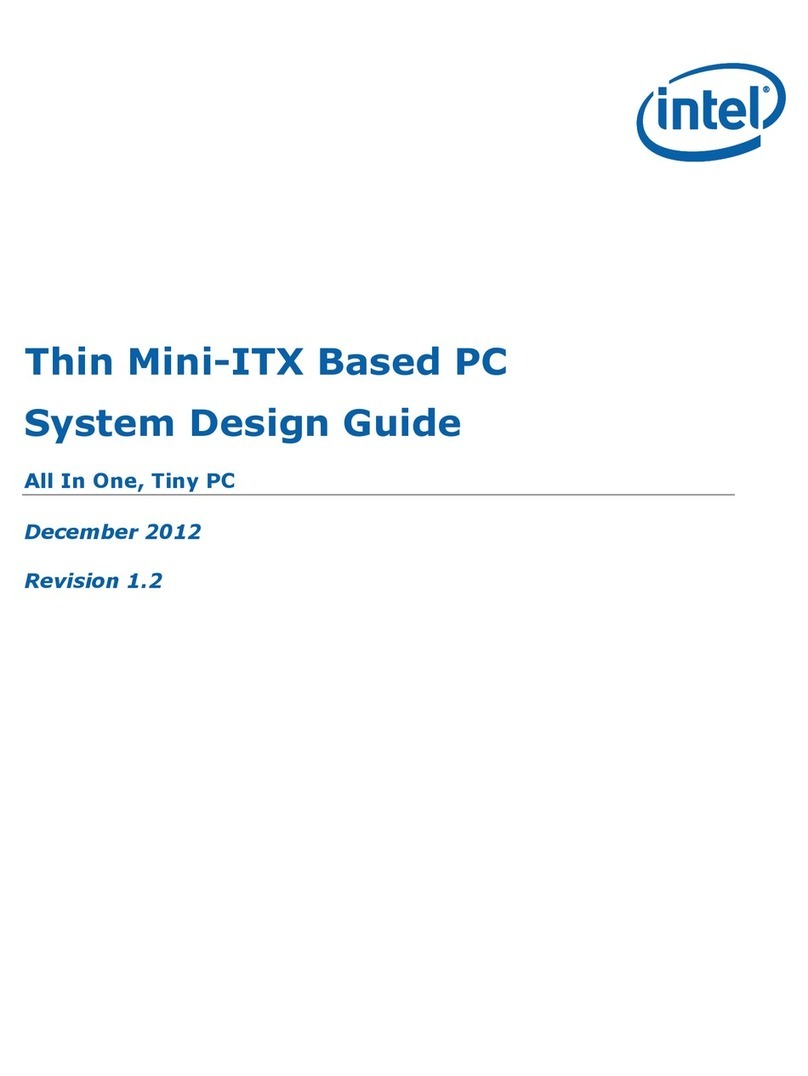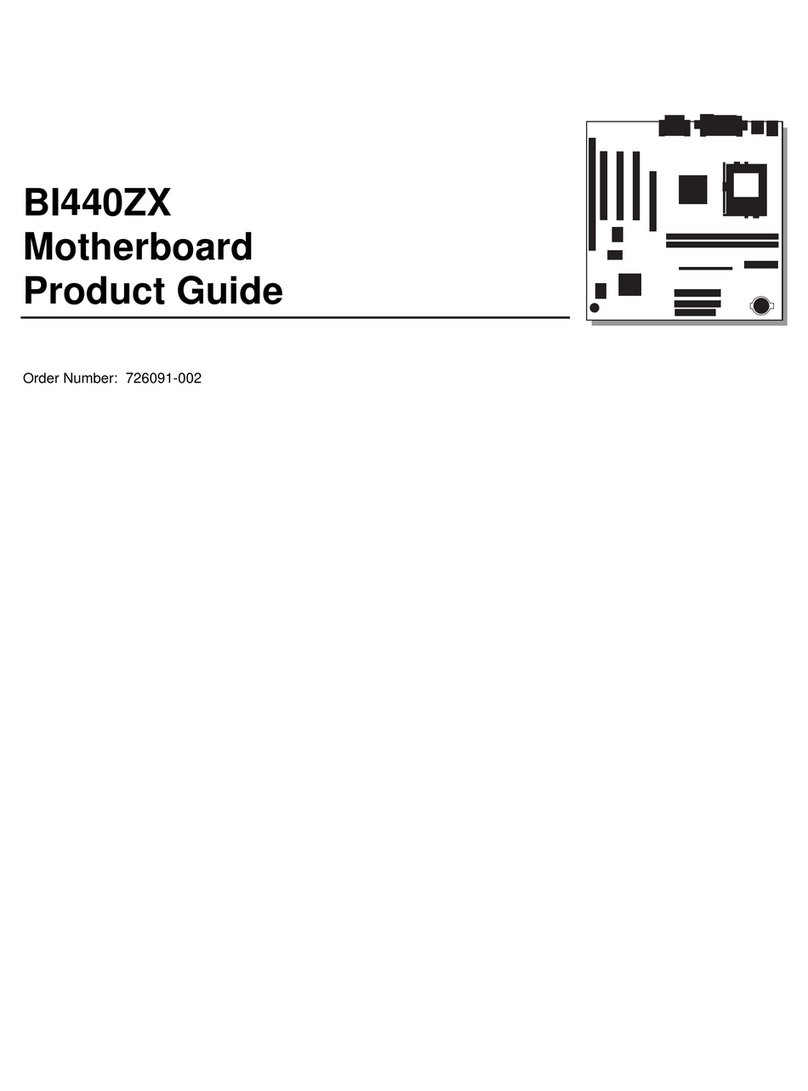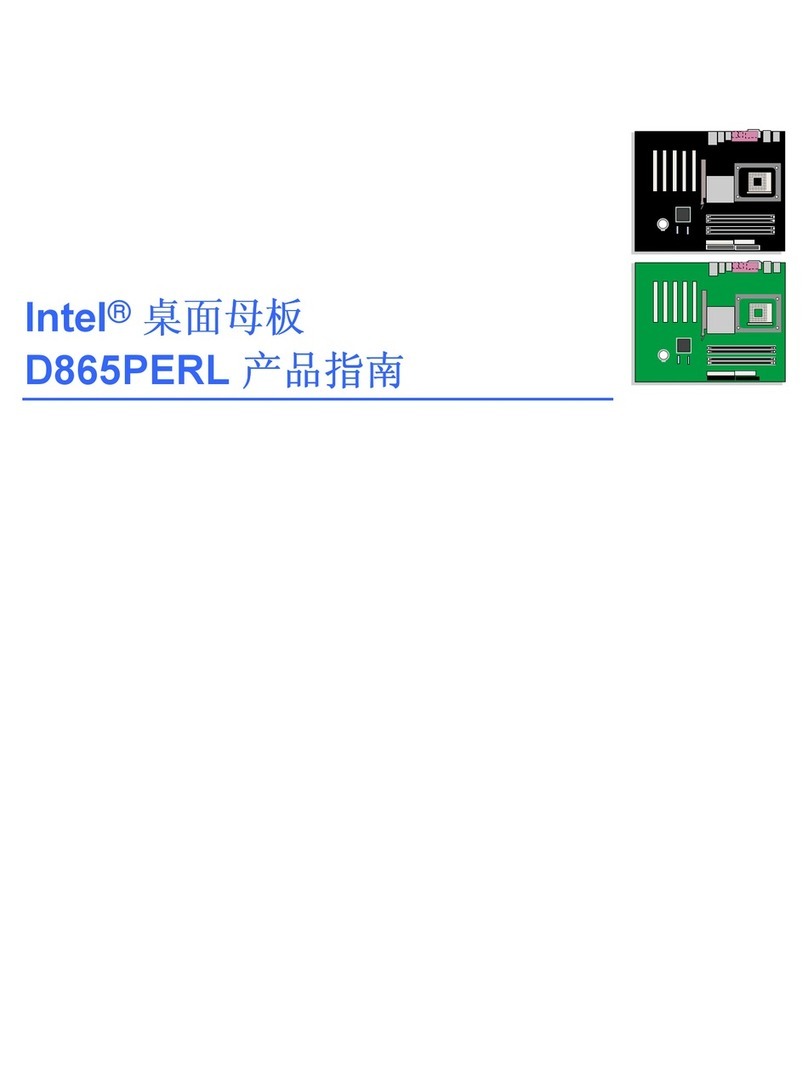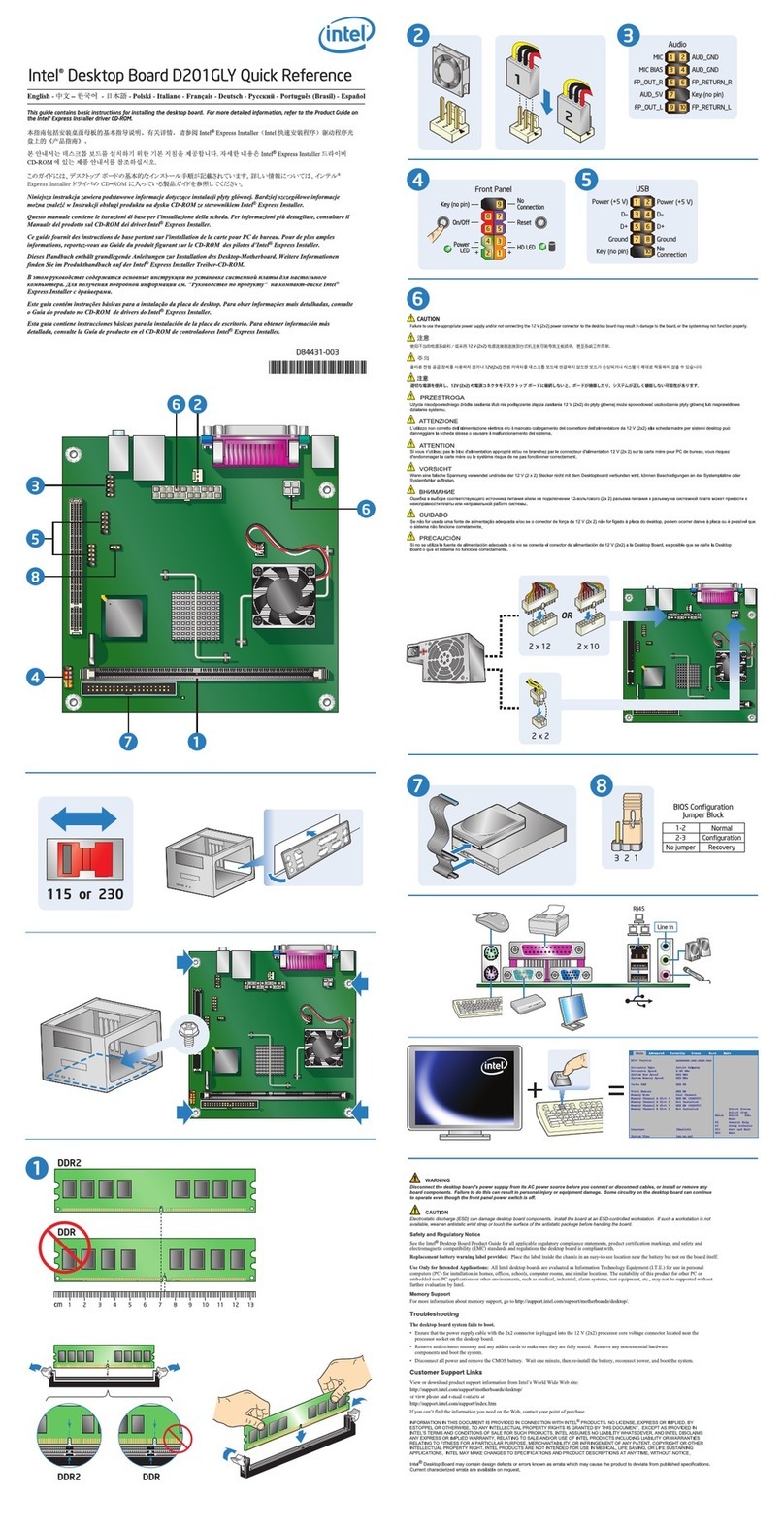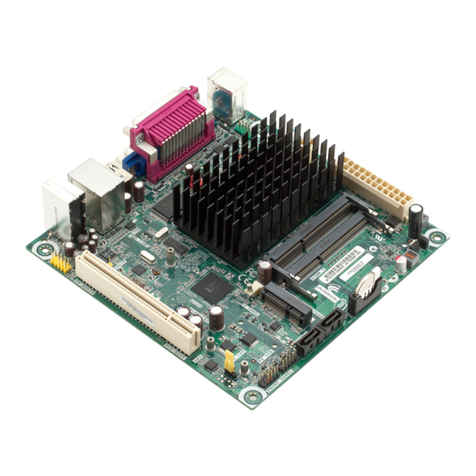
Intel Desktop Board DP67BA Product Guide
vi
Connecting the Processor Fan Heat Sink Cable................................................33
Removing the Processor ..............................................................................33
Installing and Removing System Memory ..............................................................34
Guidelines for Dual Channel Memory Configuration..........................................34
Two or Four DIMMs .............................................................................34
Three DIMMs ......................................................................................35
Installing DIMMs ........................................................................................36
Removing DIMMs........................................................................................38
Installing and Removing PCI Express x16 Graphics Cards.........................................38
Installing a PCI Express x16 Graphics Card ....................................................38
Removing a PCI Express x16 Graphics Card....................................................40
Connecting SATA Drives......................................................................................41
Connecting to the Internal Headers ......................................................................42
Front Panel Audio Header ............................................................................43
IEEE 1394a Header.....................................................................................43
Chassis Intrusion Header .............................................................................44
Consumer IR (CIR) Headers .........................................................................44
Alternate Front Panel Power LED Header ........................................................45
Front Panel Header .....................................................................................45
Front Panel USB 2.0 Headers........................................................................46
S/PDIF Header ...........................................................................................46
Connecting to the Audio System...........................................................................47
Connecting Chassis Fan and Power Supply Cables...................................................48
Connecting a Chassis Fan ............................................................................48
Connecting Power Supply Cables ..................................................................49
Setting the BIOS Configuration Jumper .................................................................50
Clearing Passwords ............................................................................................51
Replacing the Battery .........................................................................................52
3Updating the BIOS
Updating the BIOS with the Intel®Express BIOS Update Utility.................................59
Updating the BIOS Using the F7 Function Key ........................................................60
Updating the BIOS with the Intel®Flash Memory Update Utility or the ISO Image
BIOS Update File ..........................................................................................60
Obtaining the BIOS Update File ....................................................................60
Updating the BIOS with the Intel Flash Memory Update Utility...........................61
Updating the BIOS with the ISO Image BIOS Update File .................................61
Recovering the BIOS...................................................................................62
AError Messages and Indicators
BIOS Error Codes...............................................................................................63
BIOS Error Messages..........................................................................................64
BRegulatory Compliance
Safety Standards ...............................................................................................65
Battery Caution ..........................................................................................65
European Union Declaration of Conformity Statement..............................................66
Product Ecology Statements ................................................................................67
Recycling Considerations .............................................................................67
China RoHS ...............................................................................................70
